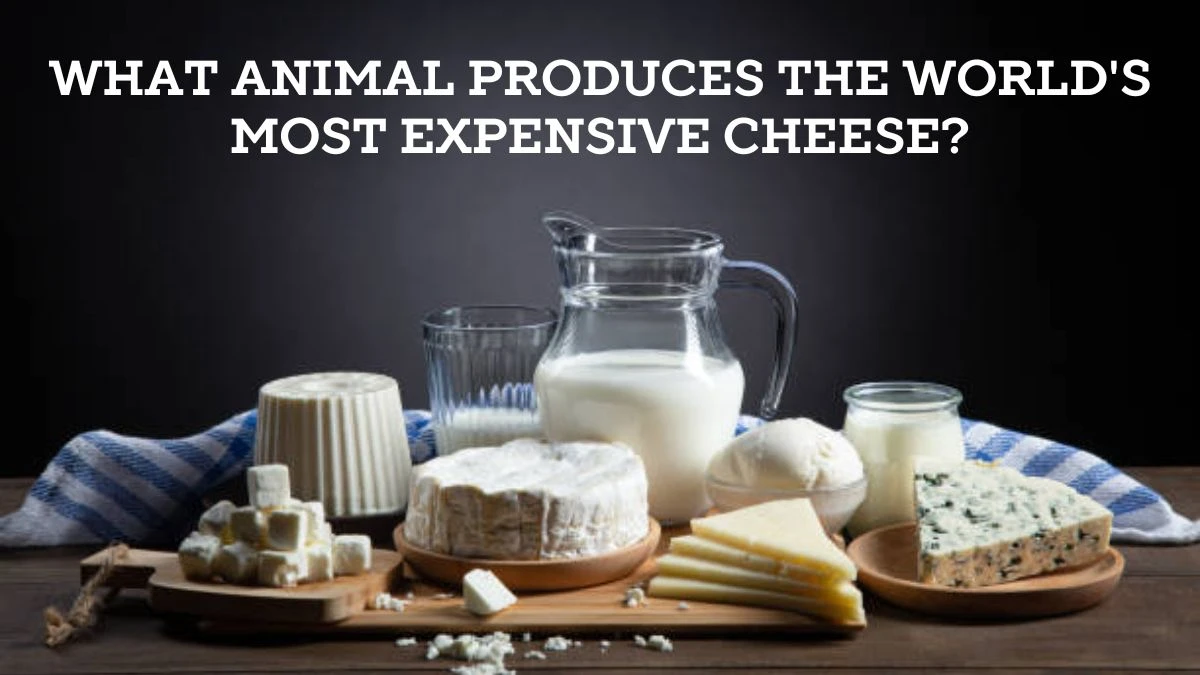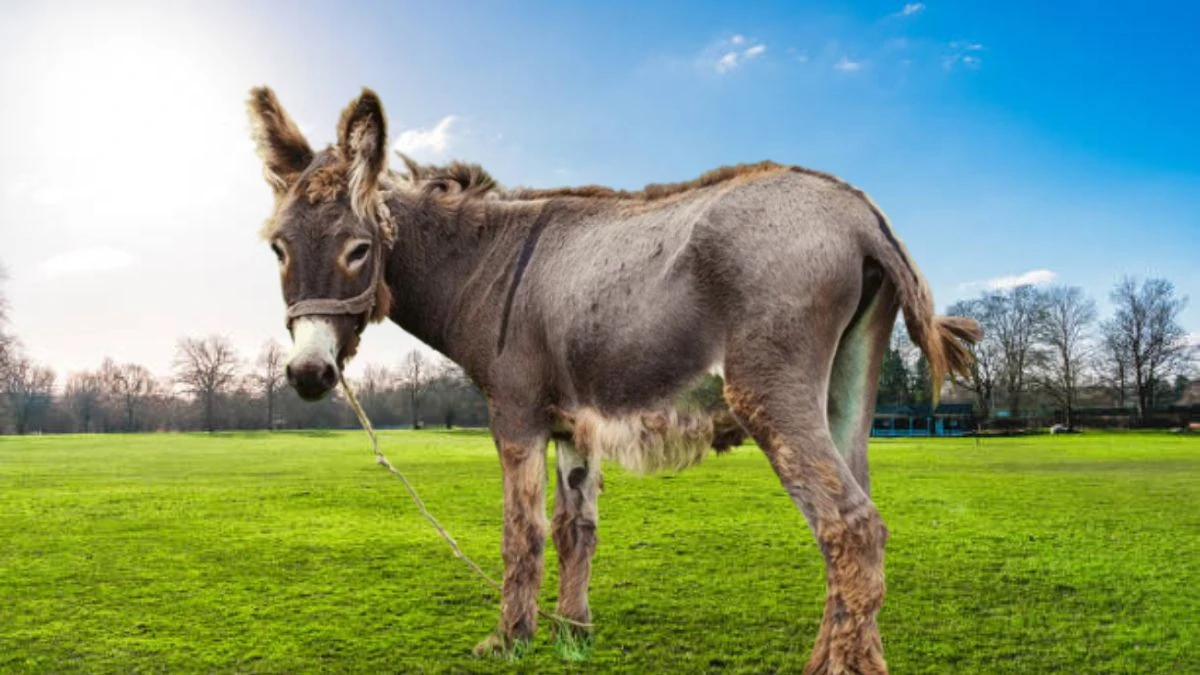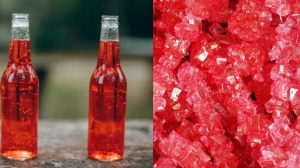What Animal Produces the World's Most Expensive Cheese? Unbelievable Twist!
by
Updated Aug 09, 2024

What Animal Produces the World's Most Expensive Cheese?
The world's most expensive cheese is produced by a donkey. Specifically, it comes from a Balkan donkey and is known as pule. This cheese can cost up to $600 a pound, largely due to the rarity of donkey milk. Unlike cows, which can produce large quantities of milk, female donkeys, or jennies, only produce about 1.5-2 liters of milk per day. The donkeys used for pule cheese live in a nature reserve in Serbia and are milked by hand three times a day.

Who Introduced This Pule Cheese?
Slobodan Simić invented pule cheese. He developed the recipe by blending 60% donkey milk with 40% goat milk. It took experimentation to perfect the ratio, and the cheese is aged for a month. Pule cheese is made with similar techniques to goat cheese, with some unique production secrets.
Why is Pule Cheese so Expensive?
Pule cheese is so expensive due to several reasons:-
Rare Ingredient
The primary reason for its high cost is the rarity of its main ingredient—donkey milk. Female donkeys, or jennies, produce only about 1.5-2 liters of milk per day, a stark contrast to cows, which can produce significantly more. The small yield of donkey milk makes it a rare commodity.
Labor-Intensive Production
Producing pule cheese requires a labor-intensive process. The milk must be collected by hand three times a day, as no machinery exists for large-scale donkey milking. The process is both time-consuming and costly, contributing to the cheese's high price.
Unique Production Method
The production of pule cheese involves blending donkey milk with goat milk—60% donkey milk and 40% goat milk. This specific ratio and the aging process, which lasts for a month, require precise techniques and secret production methods that are not easily replicated.
Limited Availability
Pule cheese is not widely available. Although some specialty stores sell it, the cheese is often marked up due to its rarity. Additionally, attempts by experts around the world to replicate the process have failed, making Pule a unique and exclusive product.
Specialized Expertise
The cheese's production involves proprietary bacteria and substances that were developed specifically for coagulating the milk. This specialized knowledge, combined with the difficulty of replicating the process, adds to the cheese's exclusivity and cost.
These factors together make pule cheese a rare delicacy, commanding a high price and contributing to its status as one of the world's most expensive cheeses.

Specifications of Pule Cheese
|
Specification |
Description |
|---|---|
| Source | Balkan donkeys |
| Milk Yield | 1.5–2 liters per day per female donkey (Jenny) |
| Production Process | Hand-milked three times a day |
| Texture | White and crumbly |
| Flavor | Similar to strong Manchego; clean, mild, and slightly sweet |
| Cost | $1,300 per kilogram ($600 per pound). |
| Comparison | Human breast milk |
| Production Method | Blend of 60% donkey milk
40% goat milk (aged for a month) |




